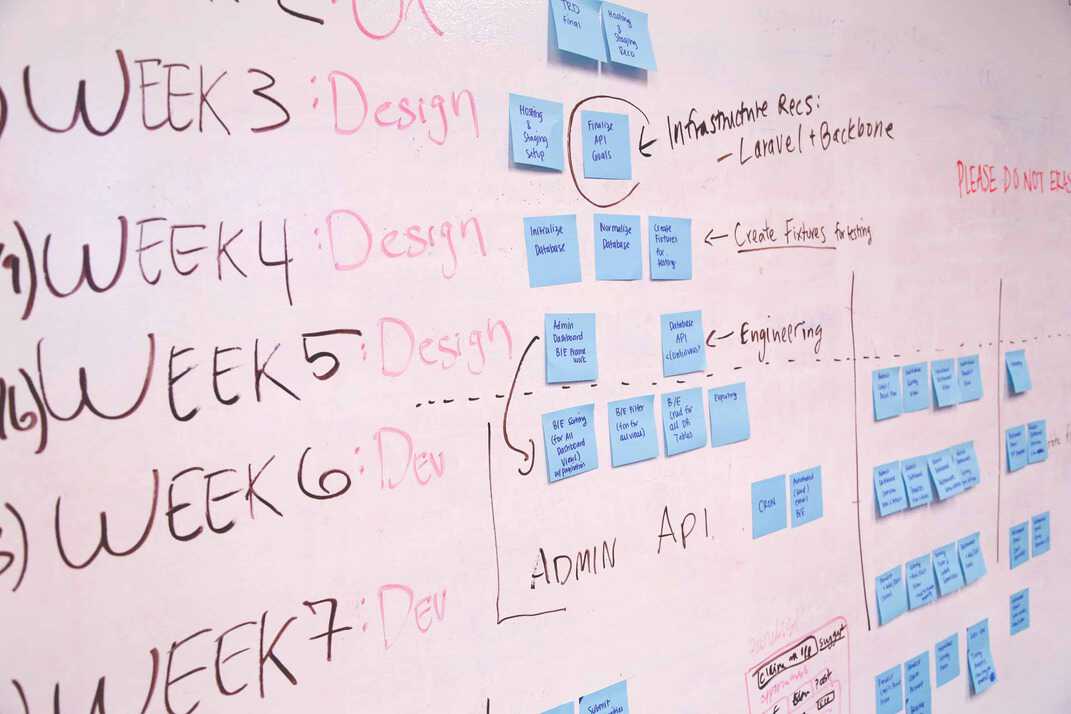It is no secret that today a personal brand is a cornerstone for many people, especially those who are self-employed in a business. And for many, it is an own blog that becomes the main form of earnings. In this case, we are talking about bloggers, and there are many of them today, using both standard text content, and video, animation, and other effects to attract attention.
Moreover, today, every company that wants to win the favor of its customers wants to start a blog.
Therefore, the niche of unique animated videos is considered one of the most promising. Why spend time and money on writing texts because in any case, the video will collect more likes! And if it is also animation and not a banal video clip with the face of a company representative, shot on a banal selfie stick, then success will be guaranteed.
What Do You Need To Know About The Animation Process for Blogs
In general, the animation production process consists of 8 main stages. Let’s take a closer look at them.
Stage 1. The contract

At the start, the animation studio and the customer draw up a contract. It is imperative to take into account in the agreement: transfer of rights to the video clip, the terms of reference (this is usually a description of the creative implementation concept) and the conditions of confidentiality.
Stage 2. Brief
Before starting with the production, the contractor usually asks you to fill out a brief. The brief covers many vital issues, classifies your target audience, key messages, goals, and objectives of your business, as well as all aspects of your video marketing strategy.
Stage 3. Introductory meeting or messenger call
The mandatory step before the start of the project. A team of the customer and the contractor meet (or call up) to discuss the initial data, share all ideas, and lay the foundation for the upcoming project. When buying a video, the same principle works as when buying a car – to buy is not enough; they need to learn how to manage.

That is why at the installation meeting, you must understand where and how you will promote the video. It could be Facebook, Instagram, VK, a specific editorial plan in the specialized media or, for example, movie theaters, or shopping centers. The format of the narrative and the timing of the video depending on the type of promotion. For example, for social networks, this is always a dynamic presentation and no more than 40 seconds of timing, for a landing page – a standard timing of an explanatory video of 60-90 seconds. For the site, you can order a storyboard creation or a video format in the form of a viral animation series.
Stage 4. Pre-production
At this stage, the animation studio writes a script, creates a storyboard, prepares illustrations, and also makes professional voice-over narration. This stage of production takes about 25% of the total time.
Stage 5. Production: design and animation
This is when animators and designers do what they can do best – turn illustrations into a living story. If you have a 60-second movie, then the animation process can be divided into phases, say, for 20 seconds. This will help you better control the performer and get the desired result at the output. You should also note that this stage is the most time-consuming in the production of animated content. It takes about 60% of the total production time.
Stage 6. Post Production

Here you view the result, give feedback, and approve. The performer polishes every detail, polishes the narrator/actor’s voice to the ideal, adds sound effects/music track, bring in the fin. Edits by comments and modify the video to perfect condition. The critical point is that nothing spoils the video like poor quality sound. Therefore, never neglect an excellent sound design.
Stage 7. The final result
After approval, the animation studio creates a file in high resolution.
If you decide to promote the video on the Internet, we recommend that you request a file in the following formats: MP4, MOV, AVI. Standard resolution – Full HD 1920 × 1080.
If you also plan to promote the video on display devices (digital panels, monitors and electronic kiosks), on TV or in movie theaters, be sure to request this data from the supplier who is responsible for the content placement. Each type of placement has its requirements for the format and resolution of the video.
Stage 8. Reporting meeting
At this stage, the studio presents a digital strategy for video advertising. If the promotion of the video falls within the scope of her responsibility, that is. You need to decide which channels you will use to promote the video, and which key metrics will describe your effectiveness.
What To Look for When Choosing A Studio
There are several things you should look up before you decide on a studio:
Chat with existing customers

Request 3 references from existing customers with contact details. You can ask them questions about all the pitfalls within the production process (right through the eight stages that we described above;). So you can quickly understand the real picture of the quality of the animation studio, and what the result was for the business.
Look at the profile experience
The animation studio must have specialized expertise in your field. For example, if you are selling a SaaS service, pay attention to what SaaS services this studio has already supplied with videos. If three years ago there was no breakdown of performers by reference areas in the Russian market, now every business segment already has its own set of studios that have highly specialized experience.
See business competency
Pay attention to how deeply production tries to understand your business. Whether he requested your product or service for the test, how he formulates his questions, how much he is pumped in marketing and sales.
Look at the studio’s website (how they present themselves), the blog (how they think), and, of course, the portfolio (level of presentation).
Rate the screenwriter
In any video, the visual component is secondary, the script is primary. That is why when choosing a studio, you need to pay attention to how good they are in scripting. Request several scenarios that have already been implemented with current clients, preferably from the very first version of the script to the final, approved. With these examples, you can better evaluate the quality of copywriting.
Choose an acceptable budget
Usually, animation studios offer different price categories. Each category has different levels of customization and options for techniques. Everything is simple here – the better the quality of the animation, the higher the budget.
Know the main reference points
The correct estimate of the project is always accompanied by a specific timeline, in the logic “activity – time”. You need to clearly understand how much time will be spent on the implementation of project activities and how long they will be approved.

Access to design work should be open to the customer (the animation process should definitely not be a black box). This will allow you to better track the progress of tasks, comment on the material online, assign installation Skype calls, track changes and always be aware of what is happening.
Overall
Hiring an agency to take care of your visual needs is the route to go. Custom-made visuals will speak volumes about your business if done right, so hiring professionals to do it for you is the logical next step. Hopefully, with the steps described in this article, you can evaluate potential teams better, and find the perfect agency to deliver you your visuals!
